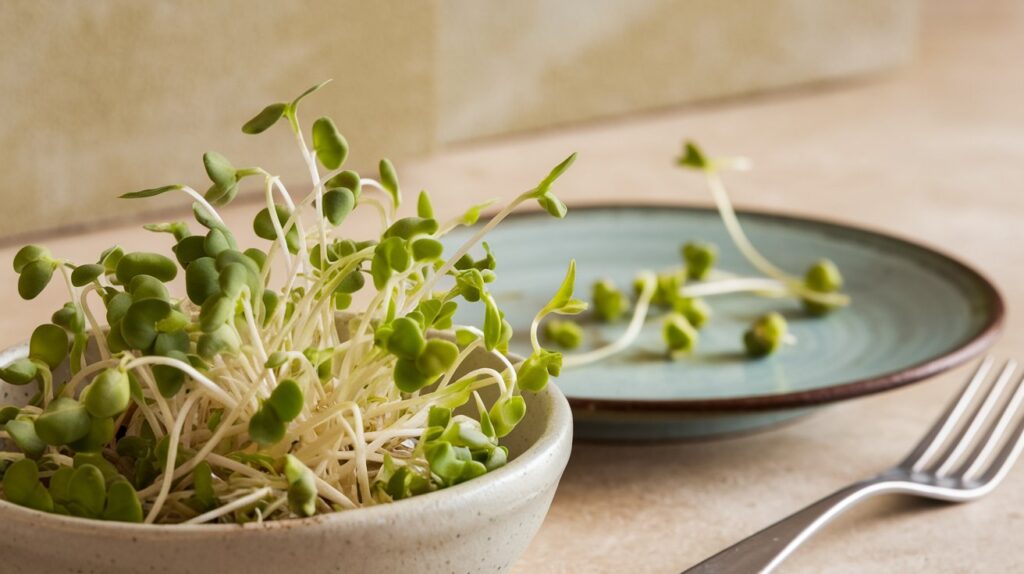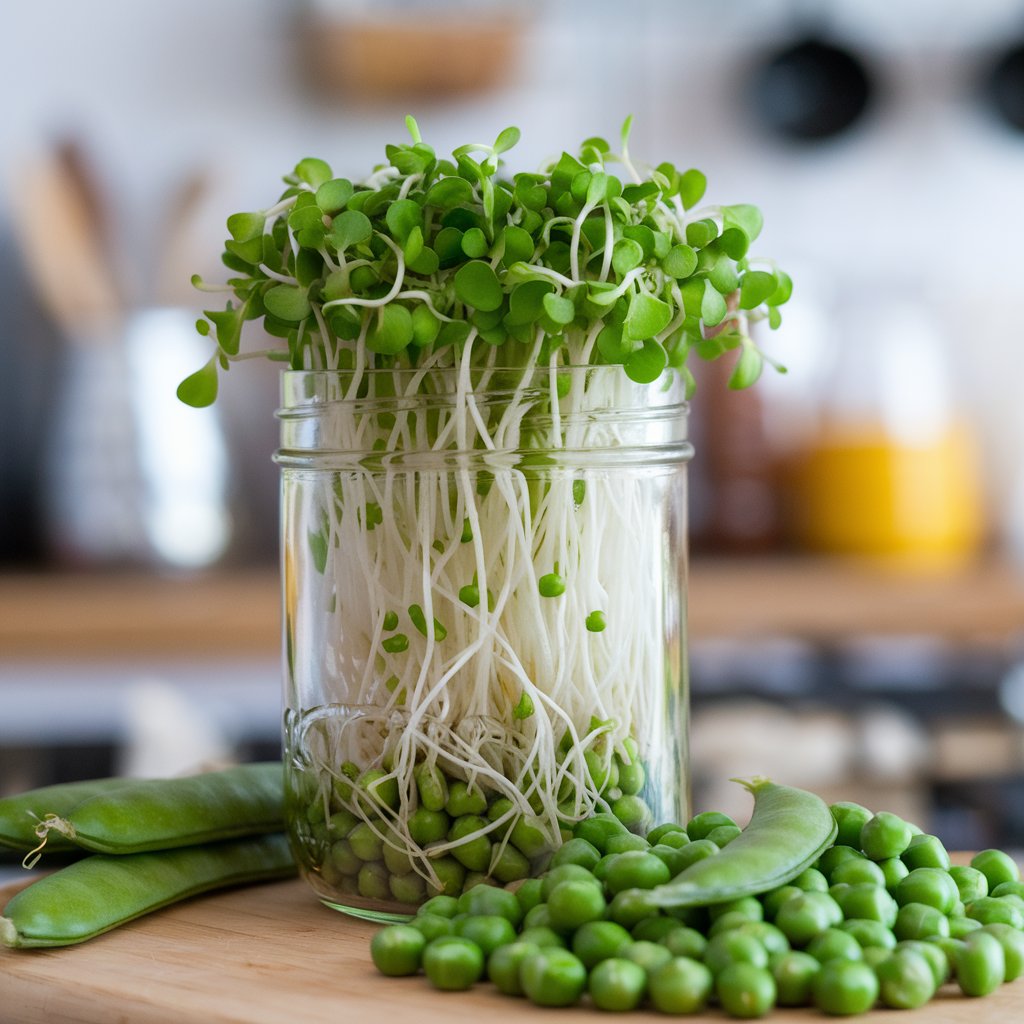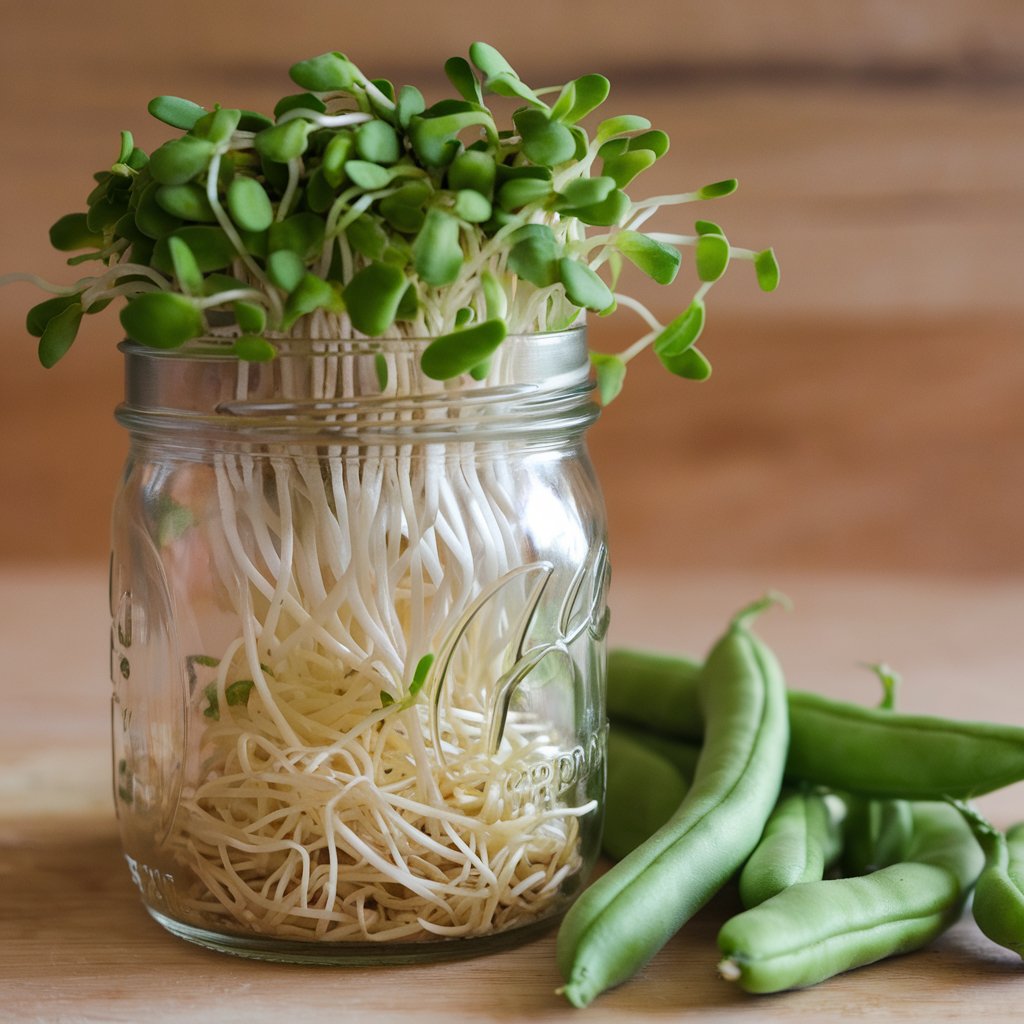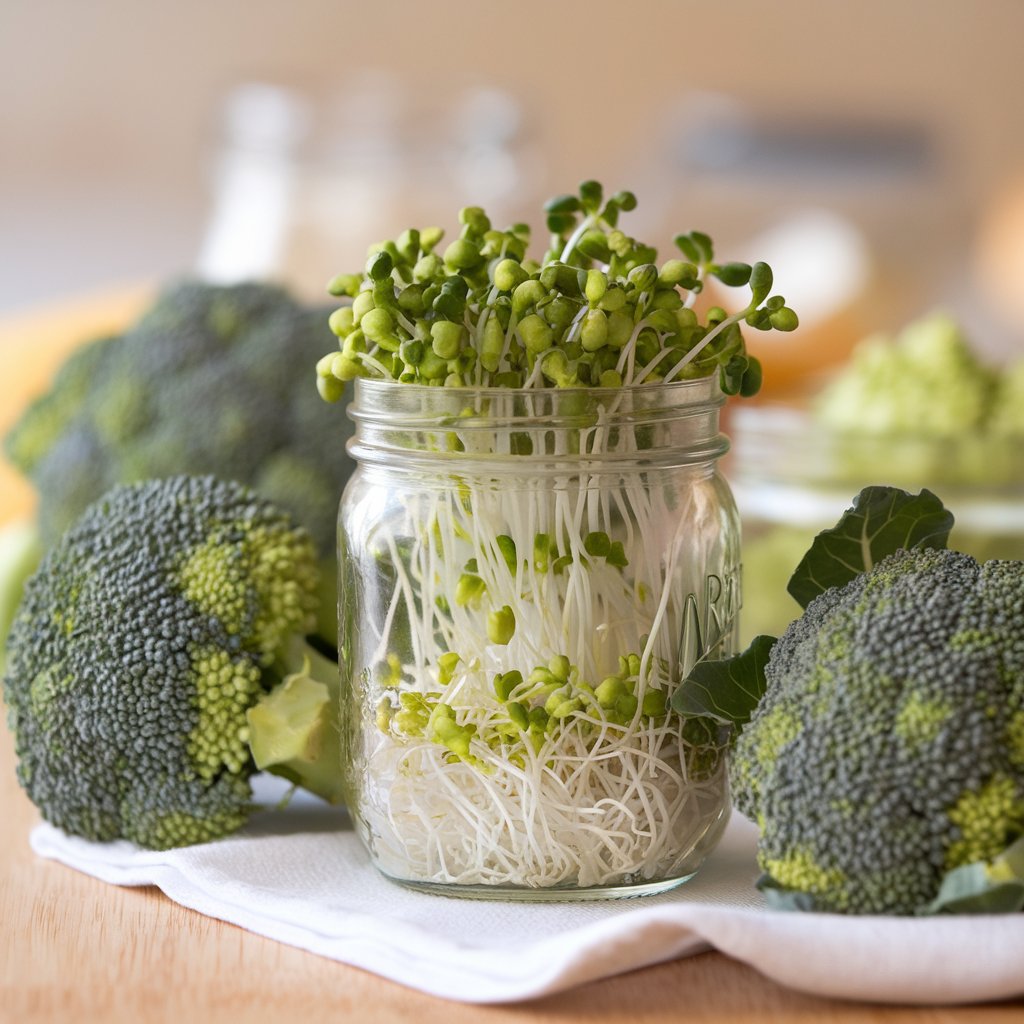Pea sprouts are a fantastic addition to any diet, offering a blend of delightful crunch, sweet flavor, and remarkable nutritional benefits. Whether you’re new to sprouting or a seasoned gardener, growing pea sprouts at home is a rewarding way to enjoy these fresh greens. This guide explores the benefits of pea sprouts, their nutritional value, how to sprout peas, and creative ways to incorporate them into your meals.
What Are Pea Sprouts?
Pea sprouts are the tender shoots of sprouted green peas. These young greens are harvested after the peas germinate and grow small stems and leaves. Known for their mild, sweet taste, pea sprouts are commonly used in salads, sandwiches, stir-fries, and smoothies.
There are two types of pea sprouts:
- Green Pea Sprouts: Grown from green peas, these sprouts are crunchy and slightly sweet.
- Pea Shoots: These are the slightly larger leaves and tendrils harvested after a few more days of growth.
Both forms are incredibly nutritious and versatile.
Nutritional Value of Pea Sprouts
Pea sprouts pack a powerful nutritional punch. They are low in calories but rich in essential nutrients that contribute to overall health.
Pea Sprouts Nutrition (per 100 grams):
- Calories: ~35 kcal
- Protein: ~3 grams
- Fiber: ~2 grams
- Vitamin C: ~20% of the daily recommended intake
- Vitamin K: ~40% of the daily recommended intake
- Folate: ~15% of the daily recommended intake
- Iron: ~10% of the daily recommended intake
Pea sprouts are also a source of antioxidants, such as flavonoids and polyphenols, which help combat oxidative stress and reduce inflammation.
Benefits of Pea Sprouts
Adding pea sprouts to your meals comes with a host of health benefits:
- Rich in Antioxidants
Pea sprouts are loaded with antioxidants that protect your body from free radical damage, reducing the risk of chronic diseases. - Boosts Immunity
The high vitamin C content in pea sprouts strengthens your immune system, helping you fight off colds and infections. - Supports Bone Health
Vitamin K and calcium in pea sprouts are crucial for maintaining strong bones and preventing osteoporosis. - Aids Digestion
The fiber in pea sprouts promotes healthy digestion and prevents bloating. - Enhances Skin Health
The vitamins and antioxidants in pea sprouts support healthy, glowing skin by reducing inflammation and promoting collagen production. - High in Plant-Based Protein
Pea sprouts contain sprouts pea protein, making them an excellent choice for vegetarians and vegans.
How to Sprout Peas at Home
Growing your own pea sprouts is easy and doesn’t require a garden. With just a few steps, you can enjoy fresh, homegrown sprouts.
What You’ll Need:
- Green peas for sprouting (organic and non-GMO recommended)
- A clean jar or sprouting tray
- Fresh water
- A breathable lid or cheesecloth
Steps to Sprout Peas:
- Soak the Peas:
- Rinse 1/4 to 1/2 cup of peas thoroughly.
- Soak the peas in a jar filled with water for 8-12 hours.
- Drain and Rinse:
- Once soaked, strain the water and give the peas a thorough rinse.
- Place them back in the jar or sprouting tray, making sure they are not submerged in water.
- Sprouting Process:
- Store the jar in a cool, dark place.
- Rinse and drain the peas twice daily to keep them moist but prevent mold.
- Harvest the Sprouts:
- Pea sprouts are usually ready to eat in 2-3 days when the shoots are about 1-2 inches long.
- Storage:
- Store your pea sprouts in the refrigerator for up to 5 days.
How Long Does It Take for Peas to Sprout?
Green peas for sprouting typically take 2-3 days to sprout, depending on the temperature and humidity. For pea shoots, allow an additional 3-4 days for the leaves and tendrils to grow.
Tips for Sprouting Peas Successfully
- Use Quality Seeds: Choose organic, non-GMO peas for the best results.
- Keep Them Moist: Rinse the peas regularly to keep them moist and prevent drying out.
- Avoid Overcrowding: Give the peas enough space to sprout evenly.
- Watch for Mold: Ensure proper drainage to avoid mold growth.
Creative Ways to Use Pea Sprouts

Pea sprouts are highly adaptable and make a fantastic addition to numerous recipes. Here are some ideas to get you started:
- Salads:
Toss pea sprouts into fresh salads for added crunch and a sweet, earthy flavor. - Smoothies:
Blend pea sprouts into green smoothies for an extra nutrient boost. - Stir-Fries:
Add pea sprouts to stir-fries for a quick and healthy vegetable option. - Sandwiches and Wraps:
Use pea sprouts as a filling for sandwiches, burgers, or wraps for a refreshing crunch. - Soups:
Garnish soups with fresh pea sprouts to enhance the flavor and presentation.
Pea Sprouts vs. Other Sprouts
Pea sprouts stand out for their sweet flavor and high protein content. Compared to alfalfa or radish sprouts, pea sprouts are milder in taste, making them a favorite for those who prefer less spicy options. They are also one of the most nutrient-dense sprouts, offering a good balance of vitamins, minerals, and plant-based protein.
Pea Sprouts: A Sustainable Choice
Pea sprouts are not only nutritious but also an environmentally friendly food choice. They require minimal water and space to grow, making them a sustainable option for urban gardening. Plus, sprouting at home reduces the carbon footprint associated with transporting and packaging store-bought greens.
Final Thoughts
Pea sprouts are a delicious, nutritious, and sustainable addition to any diet. Whether you’re growing them for their health benefits, culinary versatility, or as a fun gardening project, pea sprouts are sure to delight. Start sprouting peas today and enjoy the satisfaction of fresh, homegrown greens bursting with flavor and nutrients.
By incorporating pea sprouts into your meals, you’re not just adding a tasty ingredient—you’re embracing a healthier, more vibrant lifestyle.
Boost your health one sprout at a time! Curious about the benefits of different seed sprouts? Click the link Sprouts to learn more.




